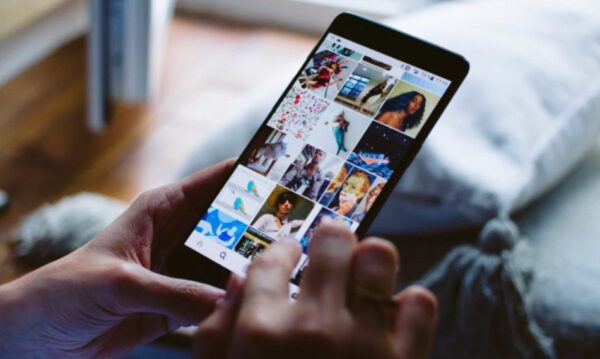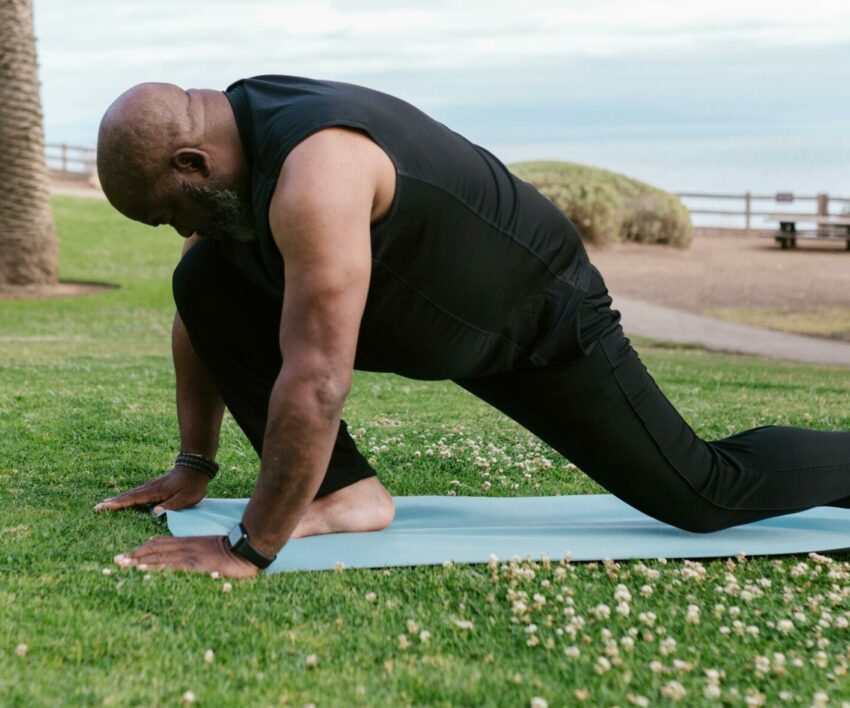We live in an age of constant connectivity. Smartphones, laptops, notifications, and apps are designed to keep us engaged—and often, they succeed a little too well.
While technology has made life more convenient, it’s easy to slip into autopilot and let our devices run the show.
But it doesn’t have to be that way.
Mindful technology use is all about being intentional. It’s about using tech as a tool, not letting it become your default distraction.
Ready to reset your relationship with your digital world? Here are some simple, powerful ways to start.
1. Create tech boundaries that work for you
You don’t have to delete all your apps or go on a digital detox. Mindfulness starts with small, sustainable boundaries:
-
No phones at the dinner table
-
Set “no-screen” hours (like 1 hour after waking and 1 hour before bed)
-
Turn off non-essential notifications
-
Use “Do Not Disturb” mode during focused work
Boundaries reduce digital noise and give you back control over your time and attention.
2. Track your screen time
We often underestimate how much time we spend on our devices. Use built-in tools like Screen Time (iOS) or Digital Wellbeing (Android) to monitor your habits.
Ask yourself:
-
What apps do I use the most?
-
Do they serve or drain me?
-
What time of day do I reach for my phone the most?
Once you’re aware of your patterns, you can make smarter choices—like replacing endless scrolling with a walk or book.
3. Use Tech with purpose, not on autopilot
Before you unlock your phone or open an app, pause for a second. Ask:
“What am I here to do?”
Are you checking the weather? Sending a message? Great. Do it—then exit.
Intentional use prevents you from falling down the rabbit hole of algorithms and infinite scroll.
4. Schedule screen-free time
Unplugging—even briefly—can reset your mind and body. Try:
-
30 minutes of “no-tech time” each morning
-
A daily walk without your phone
-
Tech-free evenings once or twice a week
Give your brain space to rest, reflect, and just be without stimulation. Creativity and calm often follow.
5. Declutter your digital world
Your digital space should feel as peaceful as your physical one. Start by:
-
Unfollowing or muting accounts that don’t uplift you
-
Organizing your home screen to highlight only essential apps
-
Deleting apps you rarely use
-
Turning off alerts for likes, follows, and random promotions
Less digital clutter = less mental clutter.
6. Embrace tech that supports mindfulness
Yes—ironically, tech can help you use tech better. Try:
-
Forest – grow a virtual tree when you stay off your phone
-
Insight Timer or Headspace – for meditation and focus
-
Freedom or StayFocusd – to block distractions
Use your devices to support your goals, not sabotage them.
Final thought: You’re the user, not the used
Technology isn’t the enemy. It’s how we use it that matters.
When you bring awareness, intention, and balance to your digital habits, you don’t have to escape your devices—you simply learn to use them in ways that align with your values, goals, and well-being.
So go ahead—scroll, text, stream, and browse. Just do it on your terms.














